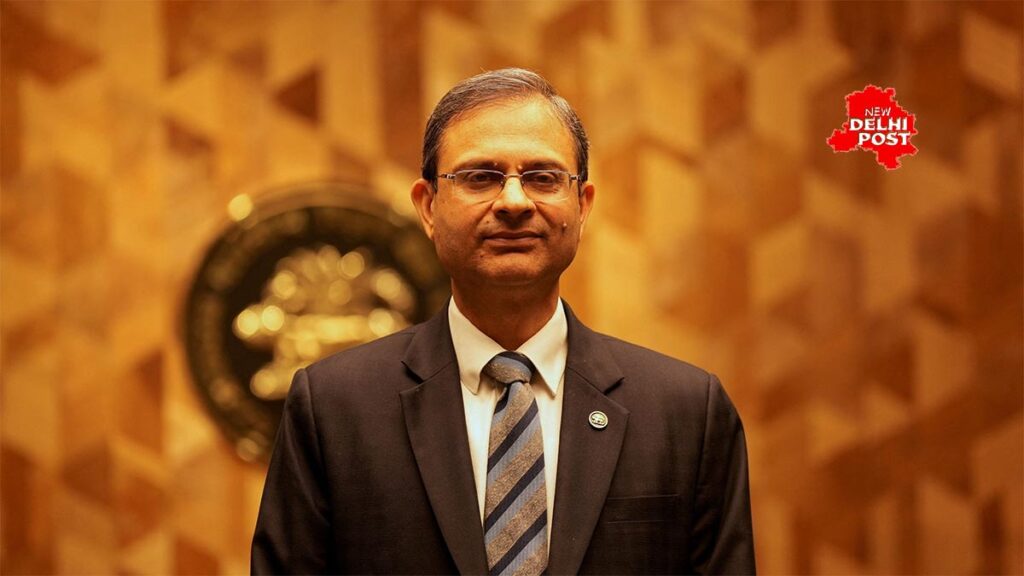The Reserve Bank of India’s unexpected 50 bps repo rate cut to 5.5% on June 6, 2025, offers relief to loan borrowers while global tensions, including the Trump-Musk rift, loom large. This move could reshape India’s economic landscape and influence U.S.-India trade dynamics.
Mumbai: In a bold move, the Reserve Bank of India (RBI) announced a larger-than-expected 50 basis points (bps) repo rate cut on June 6, 2025, bringing the rate down to 5.5%. This decision, made during the Monetary Policy Committee (MPC) meeting from June 4 to 6, aims to stimulate economic growth amid global uncertainties, including the high-profile feud between Donald Trump and Elon Musk. The rate cut, coupled with a 100 bps reduction in the Cash Reserve Ratio (CRR) to 3%, is set to lower EMIs for borrowers and inject ₹2.5 lakh crore in liquidity into the banking system, while also navigating the ripple effects of U.S. policy shifts.
A Strategic Rate Cut Amid Global Headwinds
The RBI’s decision, led by Governor Sanjay Malhotra, marks the third consecutive rate cut this year, following 25 bps reductions in February and April, totaling a 100 bps decrease since February 2025. Inflation, softening to a 3.2% low in April—the lowest since July 2019—due to declining food prices, provided the MPC room to focus on growth. Malhotra emphasized India’s strong macro fundamentals, stating, “Inflation is under control, and we see opportunities for faster growth despite a fragile global backdrop.” The MPC also shifted its stance from accommodative to neutral, signaling a balanced approach to growth and price stability. However, global trade tensions, exacerbated by Trump’s reciprocal tariffs on Canada, Mexico, and China, pose risks to India’s export sector, prompting the RBI to act decisively.
Relief for Borrowers and Boost for Real Estate
The repo rate cut directly benefits borrowers, particularly those with floating-rate loans like home, auto, and personal loans. For instance, a ₹50 lakh home loan at 8.25% interest over 20 years, post the cumulative 100 bps cut, could see EMIs drop from ₹42,603 to ₹41,050, saving ₹1.85 lakh in interest over the tenure. Industry experts, such as Vimal Nadar of Colliers India, noted that the cut would “boost buyer sentiment and drive housing sales, especially in affordable segments.” Piyush Bothra of Square Yards added, “This is the right dosage for real estate, enhancing affordability and spurring new launches.” However, fixed-rate loan borrowers remain unaffected, and banks may take time to fully transmit the benefits, depending on their policies.
Economic Implications Amid Trump-Musk Fallout
The Trump-Musk feud, centered on a disputed tax and spending bill, adds complexity to the global economic environment. Trump’s tariffs, a key point of contention, have raised fears of a U.S. recession, with Musk warning of economic downturns by late 2025. India, as a major trading partner, faces potential export slowdowns, with the RBI projecting GDP growth at 6.5% for FY 2025-26, down from 6.7%. The rate cut aims to counter these headwinds by boosting domestic demand, but critics argue it may fuel inflationary pressures if global energy prices spike. A 2025 Careedge Ratings report suggested the RBI’s rate reduction cycle could continue, with some economists predicting a further drop to 5.25% by year-end, though the neutral stance tempers such expectations.
Impact on Musk’s Businesses and U.S.-India Relations
Musk’s businesses, particularly Tesla and Starlink, could face indirect effects from India’s monetary policy shift. Lower interest rates may spur demand for electric vehicles in India, where Tesla has explored manufacturing plans, but Trump’s threats to cancel SpaceX and Starlink contracts could disrupt Musk’s global operations, including in India, where Starlink supports rural connectivity. U.S.-India trade relations, already strained by tariffs, may face further scrutiny if Trump’s policies harden, potentially affecting India’s export-driven sectors like IT and pharmaceuticals. Conversely, India’s forex reserves of $691 billion, covering 11 months of imports, provide a buffer against such shocks, as noted by the RBI.
A Delicate Balancing Act
The RBI’s rate cut is a calculated move to stimulate growth, but it comes with risks. While borrowers and real estate benefit, savers may see lower returns on fixed deposits, with rates already trending downward after earlier cuts. The stock market reacted positively, with posts on X reflecting optimism for cheaper loans and market growth, though some users cautioned about declining FD rates. Globally, the Trump-Musk rift underscores the fragility of elite alliances, potentially impacting U.S. policy toward India. As India navigates these challenges, the RBI’s focus on domestic resilience may prove crucial, though the effectiveness of this rate cut hinges on banks’ transmission and global economic stability.


